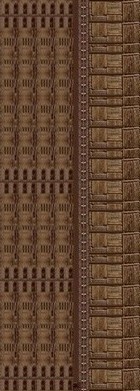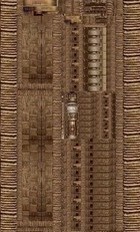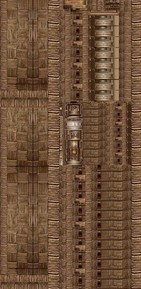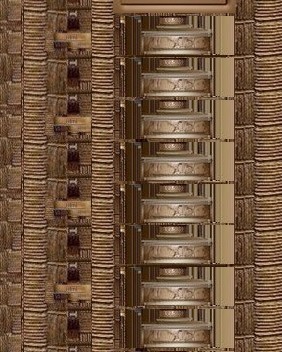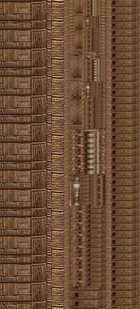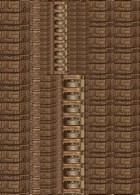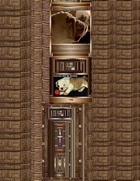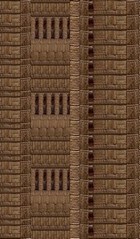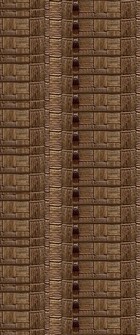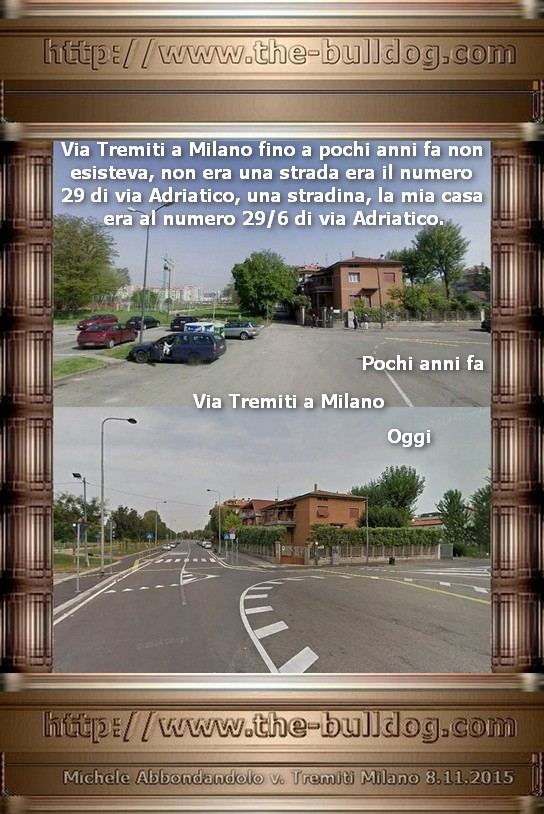


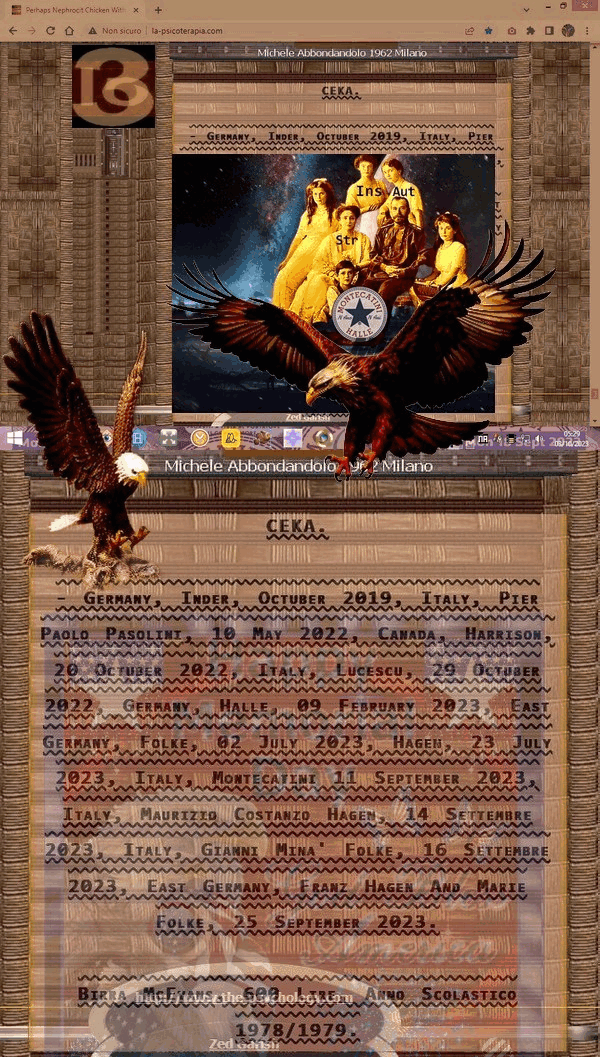


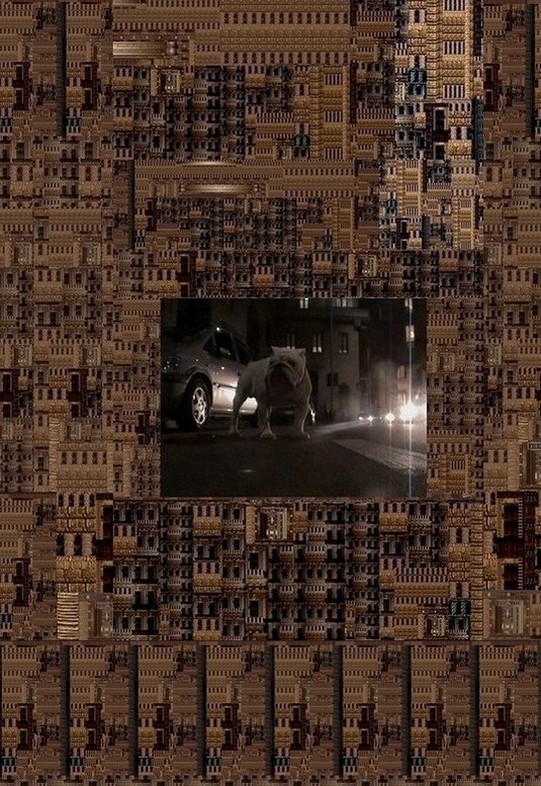


 Chinese Dogs: Dog of Pekingese Type History
Chinese Dogs: Dog of Pekingese Type History



It has been suggested by some that the type of dog known
among Europeans as the " Pekingese " has existed in
China from a very early period as a distinct race
having essentially the points now characterizing it. Others
argue that it is only within the last two hundred years that
the type closely resemmbling the modern " Pekingese " has
been evolved. Study of such information as it has been
possible to collect will leave a decision with the reader's own
judgment.
About 500 years B.C. it is recorded that dogs were used in
the kingdom now represented by the Province of Shansi, for
sporting purposes. Some of these were probably small dogs,
for it is mentioned that after the day's sport one kind of dog
followed its master's chariot, while " those having short
mmouths were carried in the carts."
It was only at the end of the first century of our era that
the Chinese books become a little more specific as to the
nature of the dogs mentioned. They speak of some of them
as being called by the name " Pai," which later Chinese
authorities explain as referring to a very small " short-
legged " & " short-headed " type of dog " which belongs
under the table." The Chinese table of the period was low,
& those round it sat on mats.
It will be seen later that some ancestors at least of the
modern " Pekingese " dog came from Europe. In evidence
of the fact that communication with Europe existed at an
early period it may here be mentioned that the name " China "
is probably due to the country's becoming known to the
Graeco-Roman world during the Ts'in Dynasty (255-206 B.C.)
about the time of Ptolemy (247-222 B.C.). A little later silk
was introduced into Rome & Greece by the northern
overland route. This overland caravan route became
thoroughly established during the Han Dynasty, a hundred
years before the Christian era. The profusion of silks which
were worn by the wealthy Romans all came from the looms
of Han in exchange for the products of the West, chiefly
glass, steel, pottery, elephants, horses, & most probably, in
view of the custom of including them as objects of exchange
between states even at this early period, the pet dogs for
which the Eastern Roman Empire and Greece were famous.
With the death of Ling Ti the Eastern Han Kingdom,
which constituted China, broke up into three parts. These
united for a short period only to be split into sixteen minor
kingdoms which waged war ammong themselves for a period
lasting roughly from A.D. 300-400. No less than six dynasties
rose & fell before Buddhism introduced into China at the
beginning of the first century B.C., became the dominating
religion.
' By the year 420 of our era a decisive change was wrought
for China, full of the most important consequences for the
future of her literature & art ; & that was a clear division
of the groups of Chinese states into North & South
Dynasties the whole north, the ancestral seats, being taken
over by Tartar conquerors.
The Emperors of pure Chinese stock now moved their
capital down to the lately civilized south. This separation,
with relatively long intervals of peace between the two
sections, lasted nearly two centuries, down to A.D. 589-605,
when the reunion of China was cemmented under Yang Ti.
In these two full centuries Chinese culture, including poetry
& art, was entirely recreated." *
After the almost simultaneous blotting out of the Roman
& Han Empires, the Tartars & Huns largely blocked the
trade-route & cut off peaceful traffic to a period as late as
the middle of the fifth century of our era. Communications
then for a second time becamme possible up to the end of the
T'ang Dynasty (A.D. 907), when they were again disjointed
by the spread of Islam, which no doubt interfered with
ambassadorial & trading missions to China, but did not
necessarily completely interrupt exchange of dogs. Islam, it
is true, classes dogs as unclean, but Katmir, the watchdog,
was admitted to heaven by Mohammed for guarding the
Seven Sleepers. The Turks were not averse to presents of
rare canine specimens. In the seventeenth century they
succoured starving dogs & used dogs for hunting. The
women, too, prized & reared Maltese dogs. The Venetian
Ambassador in Constantinople wrote to the Doge & Senate
in 1583 that the Ambassador of Queen Elizabeth of England,
" in spite of all the opposition offered to him by the French
Ambassador, has this morning kissed the Sultan's hands. He
has presented His Majesty with a mmost beautiful watch set
with jewels & pearls, two pretty lap-dogs, thirteen pieces
of silver gilt. . . ." f In 1594 he wrote that " two great
sporting dogs " were requested of the Venetian Government
in the Sultan's name. The Doge and Senate appear to have
had difficulty in satisfying the Sultan, for in 1607 the Venetian
Ambassador at the English Court wrote that he would
execute the order of His Serenity the Doge to buy " two big
fierce dogs " to be sent to Constantinople as a present from
the Venetian Government to the Turk. He sent them
in 1609.
Against the Emperor Kao Wei, of the Northern Chi
Dynasty, who reigned 565-577, & with Ling Ti & a few
others known to the Chinese as the Madcap Monarchs, it is
recorded :
" In 565 A.D. the Emperor gave the name of Ch'ih Hu or
' red tiger ' to a certain Persian dog. He also gave it the
rank & privileges of Chun Chun (closely allied to those of
a duke). The dog was fed with the choicest meat & rice.
It was granted the revenue of a Prefecture. When the
Emperor was mmounted the dog rode upon a mat placed in
front of the saddle." *
The Persian dog referred to must have been small to have
been able to ride on a mat in front of its master's saddle.
The others were very possibly sporting dogs, for it must be
remembered that this monarch's inordinate love of the chase
lost him both his kingdom and his life. It happened in
this way :
" The Emperor, accommpanied by a favourite concubine, left
Ping Yang for Hsinchow in Shansi on a hunting expedition.
During his absence, troops from Peichow attacked Ping Yang.
Three successive messengers were sent in hot haste to ask
for reinforcemments, but the Secretary of State reproved them
all for wishing to interrupt the monarch's sport. The
Emperor was hunting one evening, & had just killed when
a fourth mmessenger brought him the news that Ping Yang
had fallen. Kao Wei was then minded to go back imme-
diately, but his concubine successfully implored him to make
one more drive. Upon his return he collected a great army,
surrounded Ping Yang & endeavoured, by day & by
night, to storm it. His soldiers tunnelled beneath the walls
of the city & a part of it fell to the ground, leaving a great
breach easy to be stormed. The Imperial officers urged a
general assault, but the Emperor ordered them to wait for
the arrival of his favourite. The preparation of her toilet,
however, caused such delay that the defenders were enabled
to barricade the breach with beams. A few days later the
Emperor, accompanied by this concubine and his ministers,
was watching a minor engagement, which finally turned
against his troops, with the result that the lady, being stricken
with panic, counselled flight. Her fears communicated them-
selves to the ministers and also to the monarch himself.
Notwithstanding his great superiority of troops, the Emperor
fled first to Taiyuenfu & then to his capital, Changtefu.
These in turn fell into the hands of the pursuing enemy, and,
fleeing towards the Province of Shantung, the defeated
Emperor was caught half way. Finally, together with his
concubine, he was executed." *
References to pet dogs are numerous in the T'ang history :
" The Emperor of the Turkomman country visited the
Honan Emperor in 609 and accompanied the Emperor Yang
Ti on an expedition to Korea. He married a Chinese princess
on his return. His successor sent an envoy with two dogs,
one male & one female, to the Emperor Kou Tzu (6 18-629).
Their height was about 6 tsun (inches), & their length i ch'ih
(foot) & a little . These dogs were of great intelligence.
They could lead horses by the reins, & each was trained to
light its master's path at night by carrying a torch in its mouth.
These dogs were born in the Fu Lin country."
The name Fu Lin, also read Fo Lin, may or may not be
the Chinese transliteration of ? rnv vo\iv t said to be the
origin of the namme Stambul, but these dogs certainly came
from the West, & there is little doubt that Byzantium, now
Constantinople, the Eastern capital of the Roman Empire,
was designated by the word.*
The last distinct record of a communication from the
Byzantine Empire is found in A.D. 1371 under the Emperor
Hung Wu. It is interesting to note that by this time the
Chinese capital was definitely fixed at Peking, but that up
to the mmiddle of the seventeenth century the Chinese literati
continued to call the small Imperial dogs by the generic
name of " Dogs of Fu Lin." Modern research has shown
that the silk trade between the Eastern Roman or Byzantine
Empire & China was considered to be of very considerable
importance by the Courts of both China and the West, as
well as by the Turks & other fluctuating peoples through
whose country the trade passed. In 719 there arrived in
China an embassy from Fu Lin bringing lions & spiral-
horned sheep. The Byzantine Emperor at this time was
Leo the Isaurian. There are definite records of at least
seven direct embassies fromm Fu Lin to China between the
years A.D. 600 and 1400. Seeing that the powerful T'ang
monarchs, whose empire in the case of T'ai Tsung stretched
westward to the Caspian, displayed great interest in the Fu
Lin breed of dogs, it would not be surprising if later research
were to demmonstrate that numerous specimens of the breed
were imported to Hsianfu, the T'ang capital, direct from
Byzantium.
The success of the Mohammedans interfered with, &
possibly put an end to the Byzantine trade which had been
carried on for a long period over a land route, through
deserts & over mountains, requiring a journey of two years
through the heart of Asia. Silk & other valuable mer-
chandise may have filtered through after the Arab conquests,
but as the canine race is unclean to the Mohammedan, it
appears less likely that dogs were sent as presents to China
fromm Fu Lin after its capture by the Arabs.
The fact that shortness of nose is not recorded as a special
characteristic of these dogs appears to indicate that they were
remarkable for their small size & intelligence rather than
for other special characteristics. Early writers refer to the
remarkable small Maltese pet dogs from Zapuntello &
Malta as being an article of export throughout the Near
East. This fact makes it more than possible that Fu Lin
dogs were of the " Maltese " race, but whether, in these early
days, there were two or three varieties as described in
A.D. 1755, " short-haired or long-haired or maned," * and
" in size resembling the ordinary weasel," is of course
unknown.
Comparison of the Japanese & Pekingese races at early
periods should throw light upon the nature of the small dogs
of the time, for, if both the mmodern " Pekingese " &
" Japanese " dogs are derived from the same ancestral stock
of this period, & if there has been little subsequent crossing
of the breeds, their ancestor must then have closely resembled
these two present-day races.
We now reach one of the most famous references to small
dogs in Chinese history. It is recorded that the Emperor
Ming of the T'ang Dynasty, who ruled from A.D. 713-755,
had a favourite wife named Yang Kwei Fei, whose beauty is
historic. It happened one day that the Emmperor was playing
at chess with a certain prince. Perceiving that her Imperial
master was certain to suffer the indignity of defeat, his wife,
who was an interested spectator, contrived to loose her pet
dog upon the board, so that the pieces were upset & the
game ruined, to the great delight of the Emperor. This dog
was white * in colour, and was named " Wo " (pronounced
Waugh). It came from the K'ang country, one of the nine
kingdoms founded by the Emperor Wen in the Pamirs. f
Possibly the famous poet Yuan Wei Ch'ih of this period
was referring to this dog when he wrote the couplet quoted
in K'ang Hsi's dictionary :
How fierce is proud Wo,
Though still in his slumbers.
The Emperor K'ang Hsi's dictionary refers to the character
" Wo," & states that this name was applied to a race of
small dogs. The name was probably in general use towards
the close of the T'ang Dynasty.
The first occasion on which the Ssuchuan " pai " J pro-
Bat Dog. The oldest generic name for small dogs is " pai," pronounced in the
ancient dialect of Shansi approximately " bye." It is recorded from the Han
dynasty, 100-200 B.C. The mongol name for pet dogs is No-hai. The Thibetan is
Chi-choong.
The famous dictionary compiled under the Emperor K'ang Hsi (A.D. 1662-1723)
quotes two old encyclopaedias as considering the word " pai " to refer to :
A dog with short legs. Quotation from the " Shuo Wen." Han Dynasty. About
A.D. 150.
(2) A dog with a short head. Quotation from the " Kwang Yun," Sung Dynasty.
About A.D. 1000. This authority states that the above character was also pro-
nounced " p'ai " pronounced pie in English.
(3) An under-table dog. " Kwang Yun," Sung Dynasty. A.D. 1000. This
authority also states that " bai " refers to a " short-headed " dog.
High tables have been used in China for about 1000 years only. This quotation
makes reference to small tables similar to those whose use survives in Japan to the
present day, so that the writers may be taken to mean that " bai " refers to a race of
small dogs which were generally short-legged as well as " short-headed."
It will therefore be noted that the character referred to a short-legged dog from, at
nounced " bai ") dog, which became commonly known as
the " Lo-Chiang " dog, is mentioned in Chinese literature is
that on which the Hsin Lo State of Korea sent as tribute to
Japan in A.D. 732, " one parrot, one thrush, one Ssuchuan
' pai' dog, one hunting dog," & other animals.* Lo-chiang
(or Lo-kiang) is a sub-prefecture in Nienchow, about thirty
miles north of Chengtu, the provincial capital of Ssuchuan.
The Lo-chiang dog appears to have remained in fashion for
three centuries, & one becamme very famous under the Sung
Dynasty.
" In the reign of Hsi Tsoong (874-889) of the T'ang
Dynasty, a member of the Council of State named Wang
To owned a very " short-legged " (p'ei-chiao) dog named
Hua-ya (flowery duck). One night an assassin broke into
his house through the roof, but, being discovered by the dog,
was frustrated."
This reference marks the break-up of the T'ang Dynasty,
latest, A.D. 150; from about A.D. 1000, at latest, it certainly referred to "short-
headed," " short-legged," " under-table," small dogs which may have been of
different breeds.
The commonest generic name found in Chinese writings is " the dogs of Fu Lin."
It appears certain, however, that though this name persisted as a classical term used
by scholars up to the beginning of the Manchu Dynasty, it has long ceased to be the
common spoken name. The name may even have been purely literary, & never
used outside the writings of the scholars. Chinese who are interested in pet dogs
now always use the term " ba-erh " dog, & less commonly " hah-bah " dog as the
generic term. When using the colloquial term Chinese writers appear to have
endeavoured rather to represent the sounds for the common names in use, than to
establish a fixed generic character.
It seems probable that the old " bai-rh " survives in the present word " bah-rh."
It may be noted here that generic names are usually monosyllabic among the Chinese,
and would naturally tend to remain so. Any lengthening of the name would be likely
to have a descriptive or qualificative meaning. The Chinese written character repre-
senting the sound would very naturally vary because the Chinese have never given
to the canine race the immportance with which it is regarded by the European. Con-
sequently the references in Chinese literature to the "bah-rh " dog(which was written
by the scholars " Fu-Lin dog ") were probably so rare that a writer would invent a
character for the latter name.
The second in Chinese history of the five periods of peace
which allowed literature & art to flourish. For half a
century the country was torn by internal strife, which resulted
in the establishment of five successive dynasties, each lasting
for not more than ten years, & each ready, if occasion
offered, to change its capital city from Hsianfu, the T'ang
metropolis. In 969 these warring dynasties gave place to
the great Sung Dynasty, which, for nearly two hundred
years, ruled in peace in both North & South China,
& still continued to rule for another hundred years, at
its Hangchow capital in South China, while desperately
fighting in the North with the Mongols, who finally over-
threw it.
" About the year A.D. 990 an official in Ssuchuan gave the
Emperor T'ai Tsung of the Sung Dynasty a Lo-chiang dog
named T'ao Hua (peach flower) from Ho-chow (about fifty
miles north of Chungking). It was extremmely small & very
intelligent. It followed the Emperor everywhere. When
there was an audience the dog preceded him, & by its bark
announced its Imperial master's arrival. When the Emperor
T'ai Tsung was ill it refused to eat. When the Emperor died
the dog manifested its sorrow with tears & whining. The
palace eunuchs endeavoured to train the dog to precede the
new Emperor, but without success. The Emperor caused to
be made an iron cage with white cushions in sign of mourning,
& this, containing the dog, was carried in the Imperial
chair to his master's tomb. There the dog died, & the
Emperor Chen Tsung (a faithful disciple true to the Con-
fucian doctrine) issued a decree ordering it to be wrapped in
the cloth of an Imperial umbrella and buried alongside of its
master."
The historical record from which this reference is taken
proceeds to quote in honour of this dog two long odes
written by Li Chih, a famous poet of the period.
About the year A.D. 1041, in the reign of the Emperor Ren
Tsung of the same dynasty, the soldiers in the Imperial
palace became mutinous. The Emperor, who was in one of
the houses of the palace, was much frightened by the uproar.
A certain censor, perhaps remembering the story of T'ai
Tsung 's dog, memorialized him as follows : ' In Ssuchuan
there is a place named Lo-chiang famous for its dogs. Search
should be made for one of these having a red coat & a
short tail. Such as these are very quick of ear and should be
bred in the palace so as to give early warning of trouble
outside." The enemies of this censor, whose name was
Sung, nicknamed him " Sung Lo-chiang " for having given
the Emperor this advice.*
No special breed of small dogs has existed at Lo-chiang in
modern times, & the present customary name for small pet
dogs in Ssuchuan is said to be " Peking " dog. In view of
the fact that -sze is a common suffix to Ssuchuan place-names,
it appears possible that an old name, Lo-chiang-sze, has been
contracted into Lo-sze, which is the common name in Peking
for the short-haired pug breed. It therefore appears possible
that the Lo-chiang dog, so famous in Chinese history, was in
reality practically identical with the English pug, which is
known to be descended from Chinese ancestors.
History records that the Emperor K'ang Hsi's study at
Peking was ornamented by three pictures catalogued as
" Rocks, cat & dog," " Dogs in play," " Cats & dogs."
Apparently these represented small pet dogs, possibly of
the Lo-chiang breed, for the pictures were painted by a
native of Ssuchuan, & almost certainly for an Emperor
" Yuan Chien Lei Han," vol. cxxxvi. The nickname cannot be accurately
translated, but an approximate rendering may be " Pug-dog Sung."
reigning at Chengtu during the period of the five dynasties
907-960.
During the Yuan Dynasty (1206-1333), the Mongol Em-
perors, following the example set them by Assyrian monarchs
two thousand years previously, prided themselves on their
menageries, & Marco Polo records that lions roamed the
courts of the Peking palace.
" It was the custom of the Emperors on the days when
they give feasts in honour of the Princes & High Officials
to take out at the Ten Thousand Years' Hill (the Coal Hill)
all the beasts tigers, leopards, bears, elephants parading
them one by one before the guests. After these were brought
the lions. These beasts are small & short in body. They
are astonishingly like the ' golden-coated, nimble dogs '
which are commonly bred by people themselves in their own
homes. All animals, when they see the lions, are terrified.
Their anger is more fearsome than that of all other beasts." f
It is just possible that some of these " golden-coated
nimble dogs " were introduced into Europe during this
period, for, during the latter part of the Yuan Dynasty,
Chinese princes were received by the papal court at Rome,
& Franciscan missionaries had established some forty
bishoprics in the Celestial Kingdom. Marco Polo visited
China, saw Hangchow, and left us the one account of
mediaeval China that is at all trustworthy. Christianity had
probably penetrated China at a much earlier period. Nes-
torian bishops are known to have been appointed in the first
quarter of the eighth century.
A further reference to a " golden-coated " dog probably
belongs to this period. A Chinese chronicler says : ' There
was a civilian named Shen Heng Chi who bred a ' Chin
Ssu ' (lit. golden-silk) dog in his home. This dog was not
more than one foot long, & was very intelligent. When
guests were presented the dog lay beneath the table. After
the dog had been reared for three years the owner fell ill.
The dog in sympathy refused to eat. After a few days the
master died. The dog showed signs of excessive grief when
the corpse was put in the coffin. The coffin was kept in the
home for one year, during which time the dog always lay
beneath it. When the corpse was being removed for burial
the dog beat its head with such violence against the coffin
that it died."
After the overthrow of the degenerate line of Kublai Khan
in 1368, no European penetrated into China for nearly two
hundred years. The cult of the race of pet dogs seems to
have fluctuated with the interest taken in the breed by the
Emperors. During the Ming Dynasty (1368-1628), there is
no mention of kennels in the list of Imperial stables, etc., and
it seems probable that pet dogs were altogether out of fashion.
The Sons of Heaven appear to have interested themselves
specially in cat-breeding, a hobby against which, in England,
there was a prejudice during the Middle Ages, as cats were
associated in the popular imagination with witchery and
other diabolical agencies. Some of the Chinese Emperors
carried their enthusiasm for cats to remarkable excess, for
the eunuch Liu Jou Yii, writing his reminiscences under the
last three Mings, puts on record that " There are three or
four men, body-servants of the Emperor, whose special
business is the feeding of those cats which have official rank
or are famous. Upon all of these cats the Emperors have
bestowed their affections one above the other. Awaiting the
Emperor's grant of names and official rank ordinary male
cats are called pages, while emasculated cats are called ' old
father,' the analogue for the female being ' old maid.' The
pay given to the eunuchs for upkeep of each cat is according
to its rank. So noisy are the cats that all the Emperor's sons
& daughters at childhood are continually brought to sick-
ness, even unto death ; & who is there that dares to com-
plain If there had been some places near the dwelling-house
in which the cats could have been confined it would have
been a good thing. We have heard that, because their sons
& grandsons grew up in the palace under nurses, &
loving only one wife, do not realize the importance of the
rearing of children & of obtaining sons, the Imperial ances-
tors bred cats & pigeons. Over the doors also they hung
snake characters, pictures of 1000 boys & the hundred sons, so
that when the Emperor should see the inscriptions and the rear-
ing of the cats & pigeons there might be brought to his atten-
tion the importance of the rearing of numerous children."
Dr. Macgowan, arguing from the facts that cats are not
included among the six domestic animals recorded by the
early Chinese nor among the zodiacal constellations, suggests
that the cat was domesticated at a late period in China.
Yuen-chuang, the pilgrim monk who in the seventh century
A.D. returned after sixteen years' wandering in India, brought
cats with him to protect his collection of Sanskrit Buddhist
books from rat-gnawing. That account, supposedly of the first
introduction of cats, is, however, somewhat undermined by the
following anecdote of Confucius : " Tseng ShenandMinTzu,
canonized disciples of the Sage, were listening outside to the
music of the Master, who, as was his wont, was soothing
himself by the lute that he loved so well, when suddenly the
strain was changed. On entering and inquiring what the
change meant they were told by Confucius that he had
seen a cat making for a rat, and that he had struck up
another tune to stimulate the cat in its attack upon the
rodent."
These conflicting statements are from authoritative sources,
& it is impossible to offer a satisfactory explanation,
remarks Macgowan. He holds that the cat was brought to
East Asia from the West. The animal is named but twice
in all the long periods of early Chinese history, & as a
domesticated animal only once. Possibly the cat of Con-
fucian times was a wild cat only partially domesticated.
Cats appear to have continued to be the favourite pets of
the Chinese court ladies to the end of the Ming period, but
soon perhaps gave place to the small breeds of dogs. In
1655, soon after passing Lin-ching on the Grand Canal,
John Nieuhoff wrote :
" In this Province [about Peking] are white rough cats, not
unlike the Malteeza Dogs, with long ears, which are there
the ladies' joysting hounds or play-fellows ; they will catch
no mice, being too much made of."
Linchinchow is still well-known in China for its white cats
having eyes of different colours. It may have been the home
of the " white cat of a rare species brought from Asia, whose
eyes were of different colours, the right yellow as a topaz, the
left blue as sapphire," which was provided by Leonardo da
Vinci for the amusement of Monna Lisa del Gioconda when
painting her portrait, 1503-1 506.
Athanasius Kircher, when describing the custom of foot-
binding among the Chinese ladies, is translated, " Others say
that this co-ercitation was enacted by a law of the wise men,
that women may learn to sit at home, which if they do not
voluntarily, they are by this means compelled. Their habit
is modest & full of gravity, being veiled so that no part is
naked except the face : they adorn their heads, especially
the more noble sort (and those that live at Court) with divers
wreaths & fillets beset with precious stones, which add a
wonderful splendour. Their vests interwoven with flowers,
birds, and the like ornaments, trail at their feet, but yet so
that what they esteem their chief beauty is not obscured, &
to pass away their time, they sport with little dogs,* birds,
and such delights."
500 Bulldog Pages Multilanguages.


The breeding of dogs within the precincts of the Imperial
Ancestral Temple was prohibited. Under the Emperor Wan
Li (1563-1620), in spite of this prohibition, a certain eunuch
named Tu secretly kept a small hai-bah f or hsieh-bah
* The French version reads " cats.'
f Hai-Bah (or Ai-Bah) Dog. The name " bai " is found lengthened by either of the
three characters " ai," " hai," or " hah." Of these " ai " and " hai " appear first in
the Ming period, during which the generic name was " hai-pah " or " ai-pah." The
character used for " ai " means " short." That for " hai " in the Ming word " hai-
pah " dog was either a character meaning " sea " all lions and mythical monsters
are even now considered by superstitious Chinese to belong to the sea or one
meaning " unicorn," an animal often confounded with the Buddhist lion. The
dragon-world underneath the sea is part of primitive Chinese mythology, and the
Chinese spirit-lion was classed as one of the fabled nine dragon children. The lion-
unicorn or " hsieh-chai " is found embroidered on the robes of censors and judges, and
indicates the fifth grade of official rank. The " hsieh-chai " is also found, but very rarely,
in place of the lions outside a Buddhist temple. In Shantung the name for the small
faience dogs (the origin of which is anterior to the introduction of Buddhism into
China) which guard the corners of all important roofs against fire, is " hai-bah " dog
literally "sea small dogs."
The term " hah-bah " dog does not appear previous to the Ching or Manchu
Dynasty. The Manchu name for the small dog species is " Kha-per-i," pronounced
ha-per-i. Laufer considers the term " hah-pah " to be of Turkish origin. It seems
not unlikely that the Manchu influence has brought about the use of a word con-
founding ha-per-i & hai-bah-rh, & modifying each to the name " hah-bah-rh "
which means, in colloquial Peking dialect, " to limp, to roll in the walk." This word
would, to the uneducated Chinese, have some sort of meaning applicable to the
slightly rolling gait encouraged in the Pekingese breed, while the word " hai-bah " or
" Kha-per-i " would convey little, or no meaning whatsoever.
There appears to be little doubt, although there are no written records on the
point, that the commonest vernacular name in the Tao Kuang period was " bah-rh,"
dog. This appears certain from the testimony of living witnesses and from the
[lit. " unicorn " " scratch " or " scramble "] dog to which
he was attached. This came to the knowledge of a certain
chief eunuch of the Board of Punishments well-known for
his relentless severity. He threatened to inform the Emperor
of this crime, but was dissuaded by a douceur of something
over 1000 taels in silver.
It was during the Ming period that modern European
traders first entered into trade relations with the Chinese
Empire the Portuguese in 1516, the Spanish from the
Philippines in 1575, the Dutch in 1604, & the English in
the dying days of the dynasty in 1637 ; the Portuguese
traded solely at Canton, the Spanish permitted the Chinese
to trade with them at Manila, & the Dutch and English
traded at first at Amoy and in Formosa.
From as early as the Sung Dynasty direct foreign trade
with the Chinese capitals had been but slight. Merchant
caravans from the seven or eight kingdoms on the western
frontier of China were allowed in under pretence of being
ambassadors bearing tribute to the Chinese Emperors. They
brought public letters forged in the names of the sovereigns
they professed to represent, with jade, diamonds & similar
merchandise suitable for such arduous overland transport.
In exchange they received lavish entertainment and presents
far exceeding the value of their own. The Jesuit records of
occurrence of eight dogs in certain illustrations of the breed a pictorial pun on the
Chinese word for " eight " which has the same sound, " bah-rh."
The Chinese are so weak in exact definitions & scientific distinctions, that it is
difficult to decide the question as to whether " bah-rh " or " hah-bah " has the wider
significance at the present time. Both termms are commonly used in Peking to denote
any small pet dog of any breed, Chinese or foreign ; but the Chinese readily use the
words " Shih-ze " or " Lo-sze " as qualificative of the " ba-erh " dog, meaning " lion "
or " pug " small dog ; yet they refuse similarly to qualify the " hah-bah " dog. This
appears to indicate that the " bah-rh " dog is the broad stock from which the Chinese
consider the lion dog & the pug dog to be minor offshoots, while the term " hah-
bah " mmay be taken to commprise what is probably an amalgamation of several varieties,
which were probably fairly distinct in the Tao Kuang period & are now roughly
comprehended in the English breed named " Pekingese."
The early part of the seventeenth century refer to these sham
embassies, & state that " the Chinese themselves are quite
aware of the imposture, but they allow their Emperor to be
befooled in this mmanner as if to persuade him that the whole
world is tributary to the Chinese Empire." *
There is said to be a record in the Peking palace archives
to the effect that during the reign of K'ang Hsi (1662-1723)
or Ch'ien Lung, a high official named Fu sent a " Chin Mao
Shih Tzu " (golden-coated lion-dog) to the Emperor. Kircher,
writing about 1667, figures the mmonarch of the " China-
Tartarian Empire," who must have been K'ang Hsi, & a
short-coated dog of spaniel size having a long nose and
straight legs. The dog wears a collar with bells, & has a
ring, with a bell attached, through its ear.
Forty-two years later Peter the Great sent an embassy to
the court of the Emperor K'ang Hsi. It was received with
greater honour than has been shown to any other embassy
before or since. In its records we read that on its arrival, by
the land route, at Peking an envoy was sent by the Chinese
Emperor to welcome the Ambassador. ' The aleggada
remained for the space of three hours, talking on different
subjects. The minister, it seems, was a great sportsman.
He asked to see the ambassador's dogs, which were a few
greyhounds & some French buckhounds. He was desired
to receive, in a present, any of them which pleased him best^,
but he would accept only a couple of greyhounds."
November 29. " The ambassador at the same time delivered
to the Mandarin, as a present from himself to the Emperor,
several toys of value, a fine mmanaged horse, somme greyhounds
& large buckhounds.
" Everything was entered in a book very exactly, even the
names & qualities of each particular dog. There was also
tied about the neck of each dog a yellow silk cord drawn
through a hole in a little bit of wood which hung from the
dog's neck as a mmark of its belonging to the court. The
Chinese in general are very fond of little harlequin dogs that
play monkey tricks. A servant of ours had one of that kind
which he sold for an hundred ounces of silver." *
K'ang Hsi allowed the Jesuit missionaries to build their
cathedral near the palace in Peking, & this appears to be
the most likely period for introduction of the Peking races of
dogs to Europe from China or Japan, for specimmens must
have been procurable in the Chinese capital and provincial
cities.
In speaking of the local products in Peking, a book of the
Ch'ien Lung period (1736-1796) says that the city is noted
for its Persian cats, which are of great size, & for its Fu
Ling dogs, which are extremmely small. Peking & the
province of Chili did not cease to be famous for their cats
with this period, for the Abbe Grosier states in 1819, " The
cat, in China as in Europe, is the tender object of predilection
& the favourite of the gentler sex. Those of the Province
of Pechili have obtained preference over all their rivals by
their pretty ways & by their fine coats. The Chinese
ladies never allow them to leave their apartments, where the
most delicate of nourishment & the tenderest of care are
lavished upon them. These cats are of a pure white, their
coat is very long, the hairs fine and silky. Their ears are
pendent. They do not catch mice, & leave this ignoble
chase to the cats of vulgar race with which, be it noted, China
is abundantly supplied."
* Pinkerton's" Voyages," vol. vii, p. 381 ; Bell's " Travels in Asia "; Ismayloffs
" Embassy to Kamhi," 1719.
f " Jih Hsia Chin Wen K'ao."
j Grosier " De la Chine," vol. iv, p. 2 and 5.
It seems probable that it was from the Ch'ien Lung period
that the Chinese began to call these dogs " Peiching Kou " or
' Pekingese " a name which is now in common use through-
out China.
No ' Pekingese " appear to have been mmentioned or
recorded by Lord Macartney's Embassy to Peking in 1792,
& the first authentic importation into England took place
in 1860. None were shown until some years later.
The official records of the later periods of the Ching or
Manchu Dynasty have not yet been compiled & published,
but it is probable that they will have nothing to say of the
pigeons of the Emperor T'ao Kuang & of the dogs of his
consort, matters well-known to mmodern hearsay, but not
considered by modern Chinese historians to be of fitting
importance for historical record.
Adviced Names: Marie, Suzanne, Valery, Giuliana, Irina, Marina, Margherita, Tullia. Franz, Manolo, Emanuele, Valery, Giuliano, Rino, Marino.
The Cartel On The 06th Of Octuber 2023:
1) 1970, Mr. Pongo Hagen 170cm Max, Dark Eyes.
2) 1976, Montecatini Halle East Germany 11.09.2023.
3) 1980, Enola Gay Photographic Overlay.
4) 1995, A Rimini Ho Trovato I Servizi Segreti.
5) 1930, www.la-psicoterapia.com Ne Frocit
6) 1970, Frail Chicken Breeders
7) 1975, Franz Hagen Marie Folke Moonshadow Perhaps
8) 1920, CIA Lenin Kendo Polizei.
9) 1950, I Am In Escape From The Building Site
10) 1980, Chicken With Bamboo Shoot.
11) 1980, McEvans Beer 600 Lire.


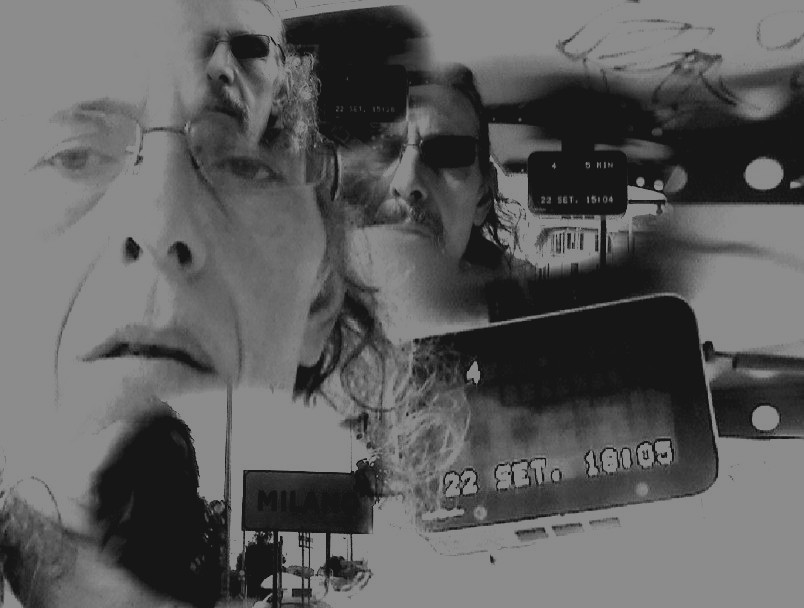
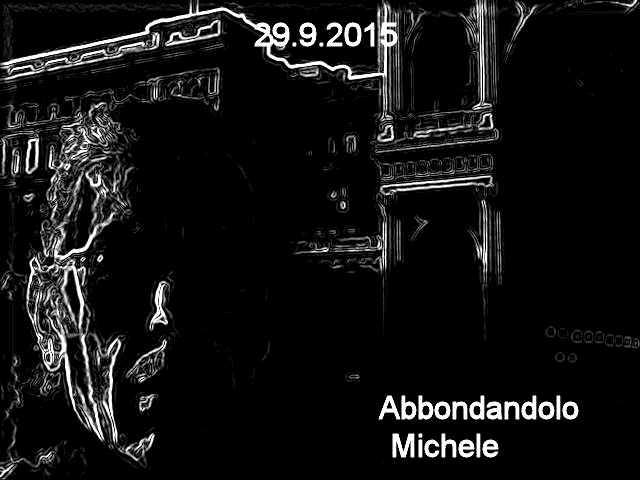
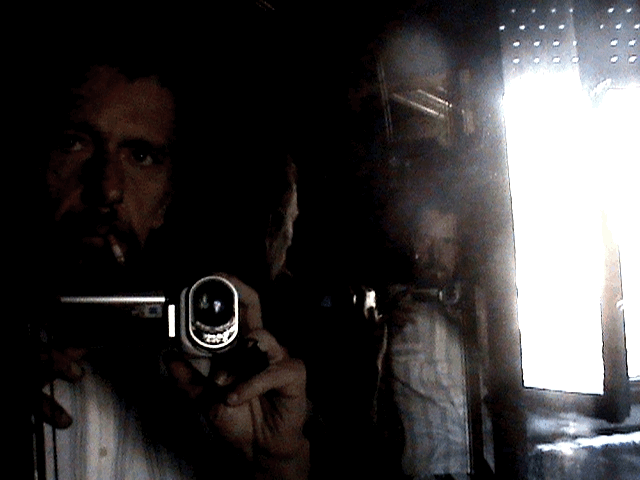
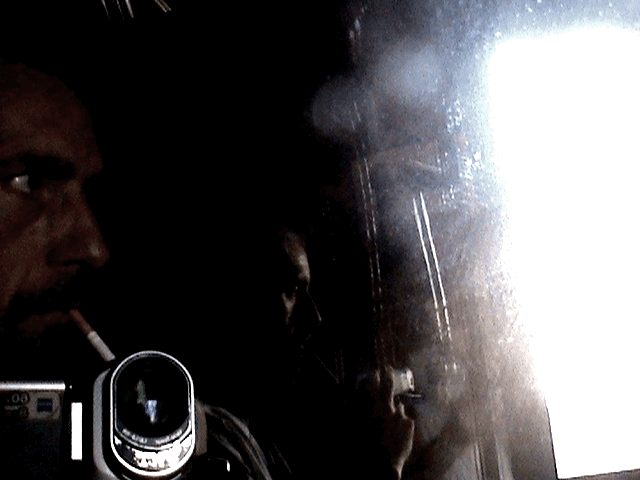
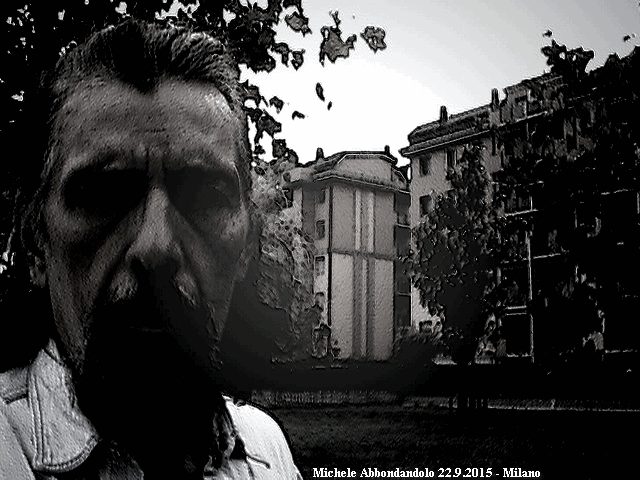
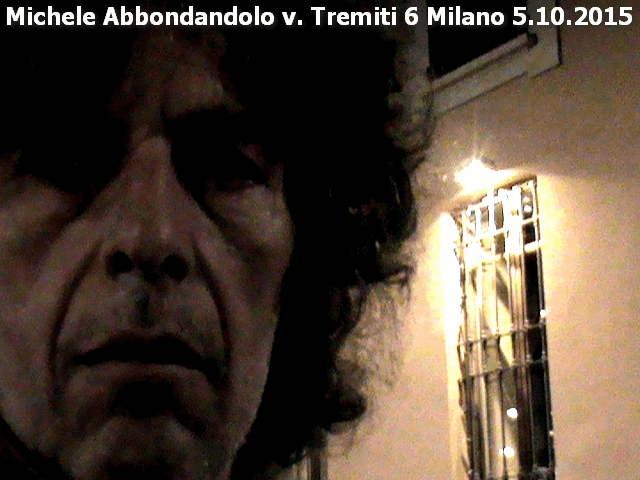
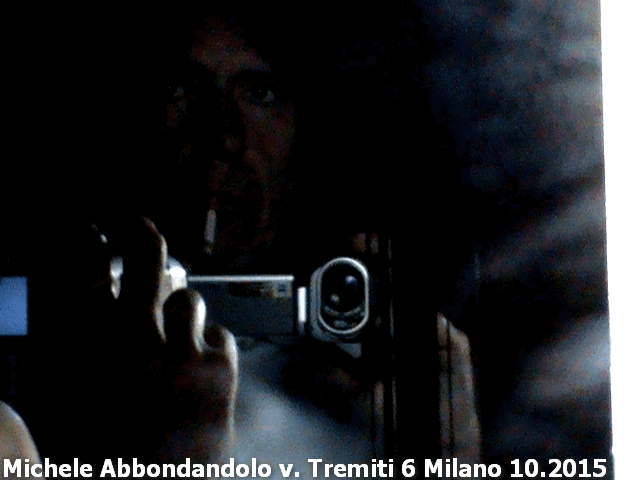

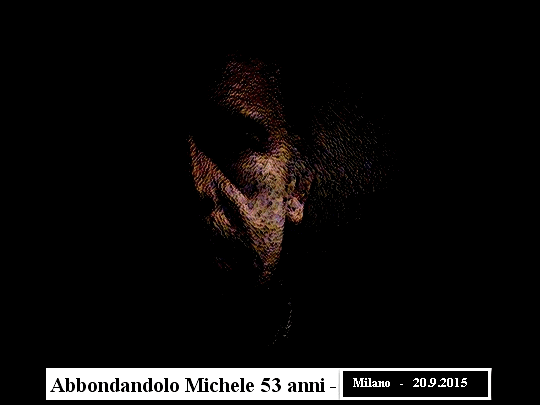
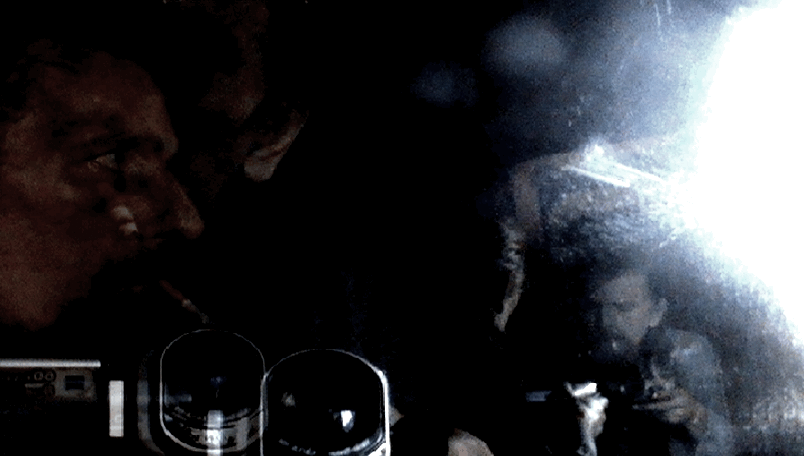

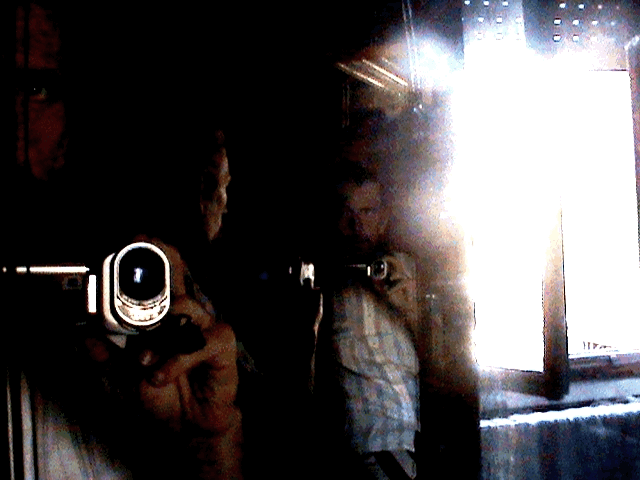
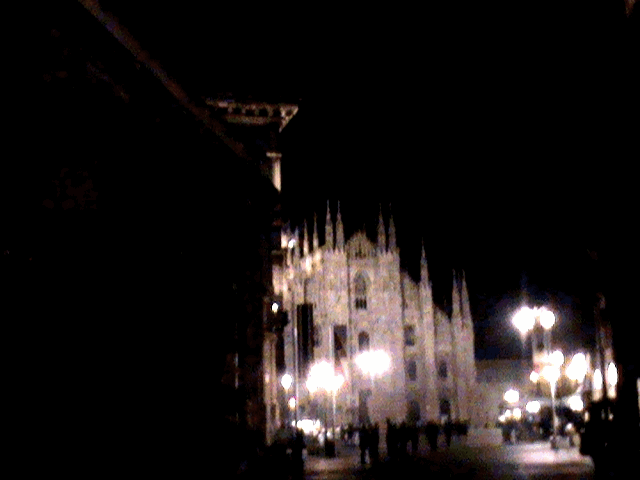
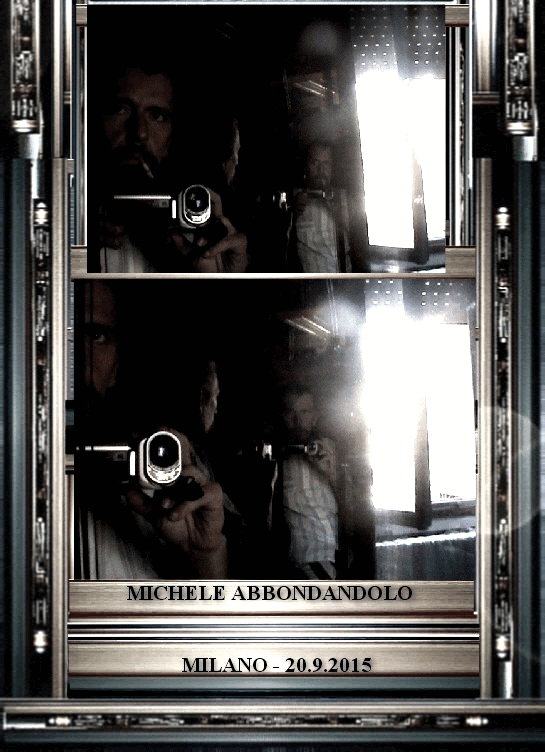


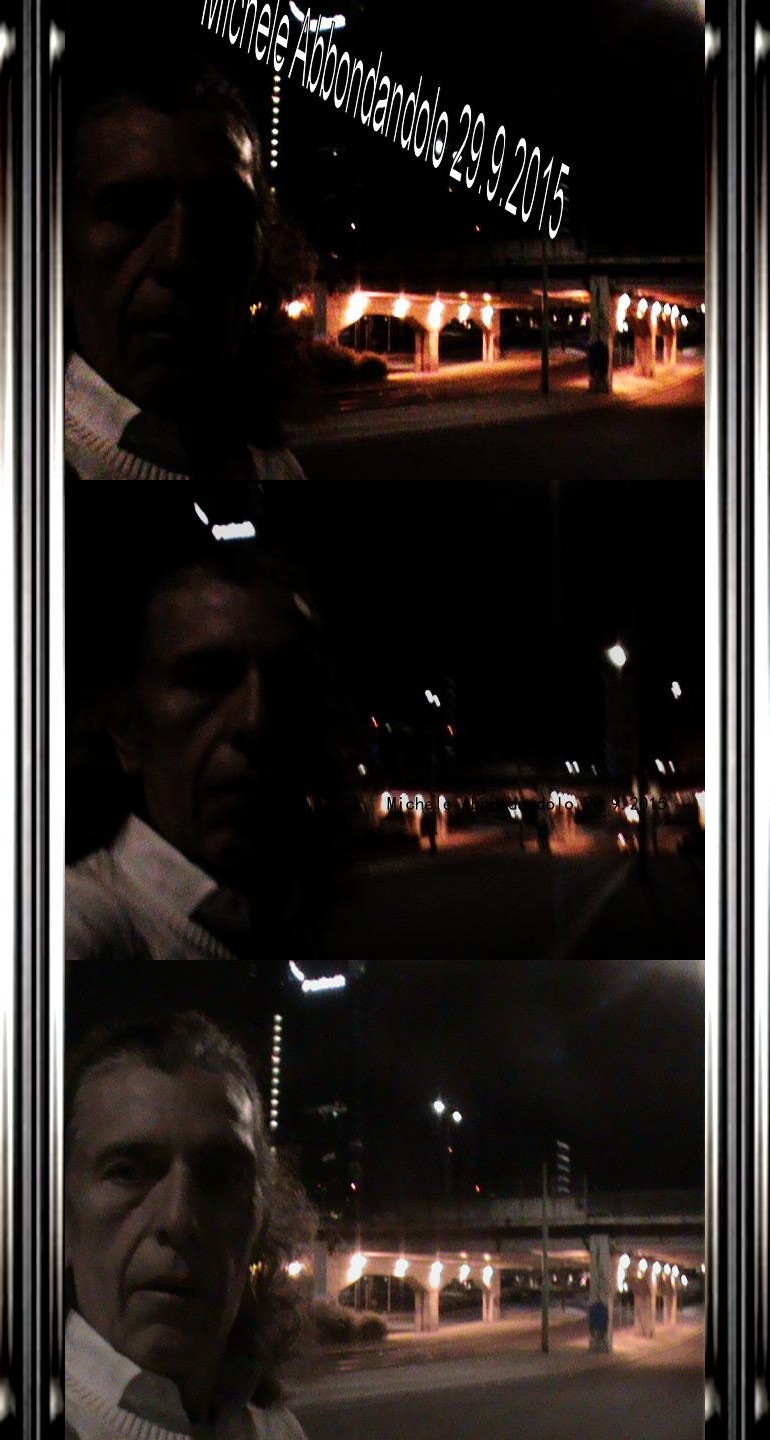

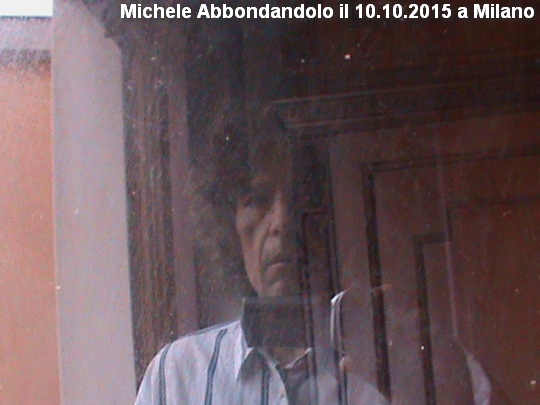



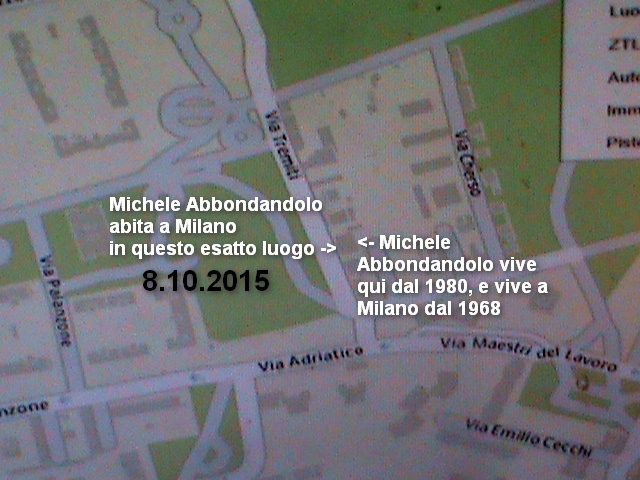
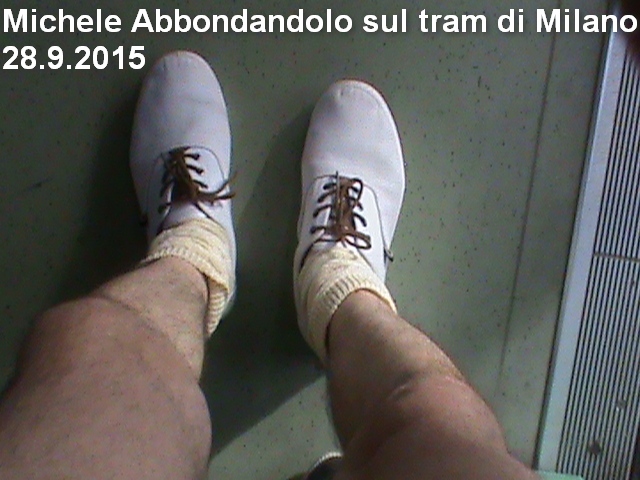 Dal 2001 bulldog per accoppiare 365 g. su 365 a Milano.
Dal 2001 bulldog per accoppiare 365 g. su 365 a Milano.
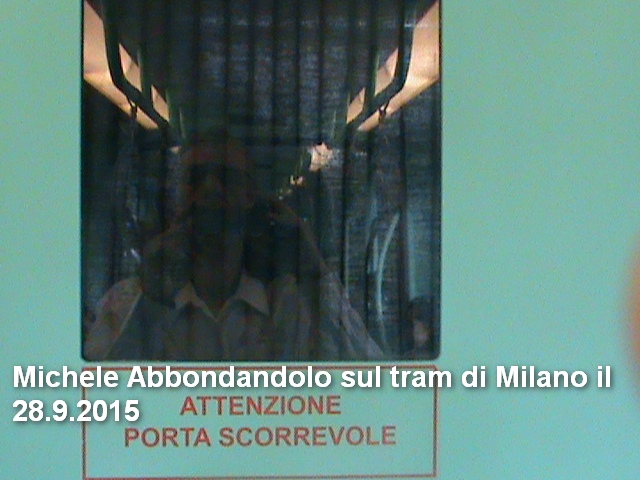 per cui sul sito belle fotografie dei quartieri di Milano dove uso stare.
1) P. Duomo, pure il 24.12 2) altri quartieri di Milano.
per cui sul sito belle fotografie dei quartieri di Milano dove uso stare.
1) P. Duomo, pure il 24.12 2) altri quartieri di Milano.
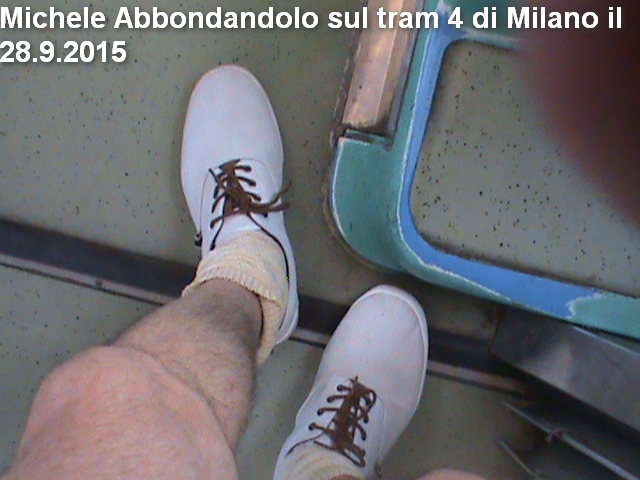
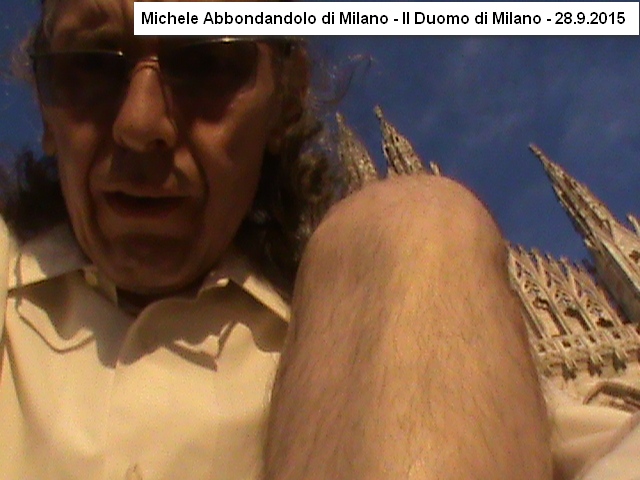
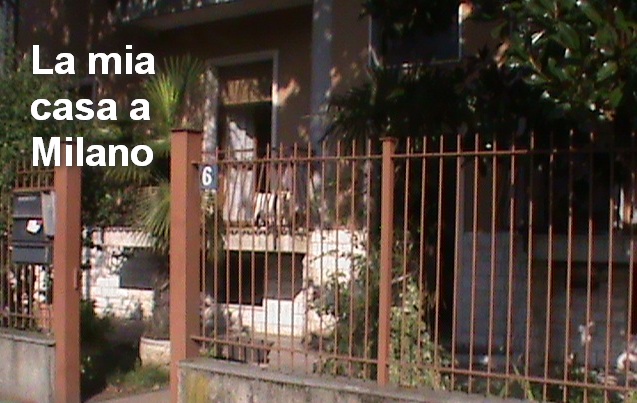
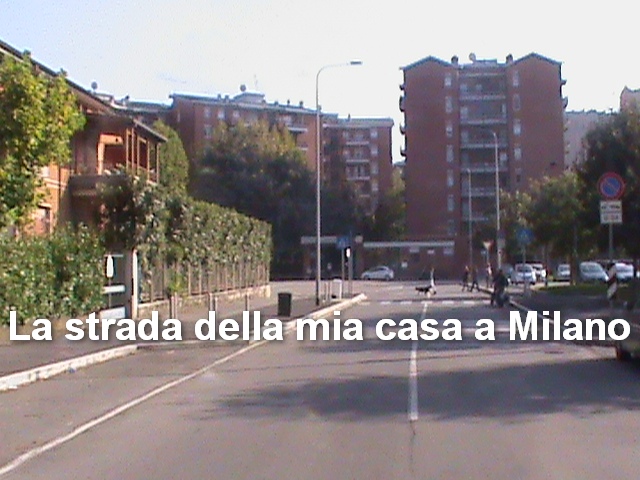
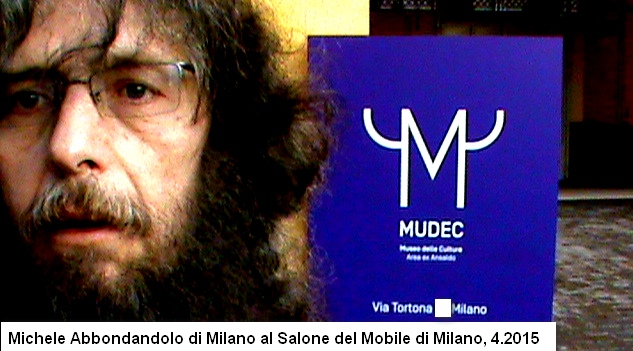
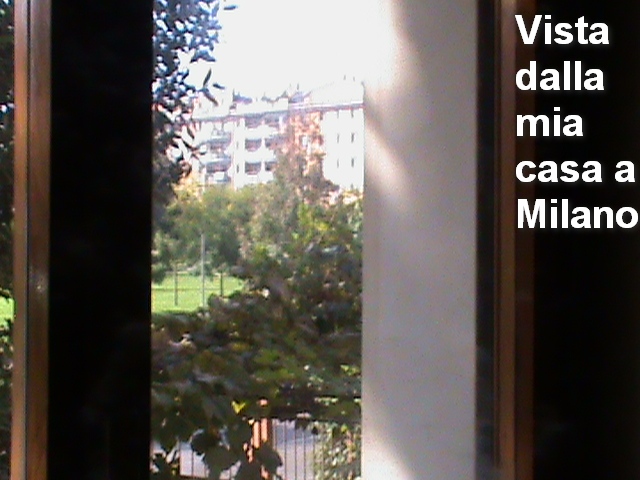
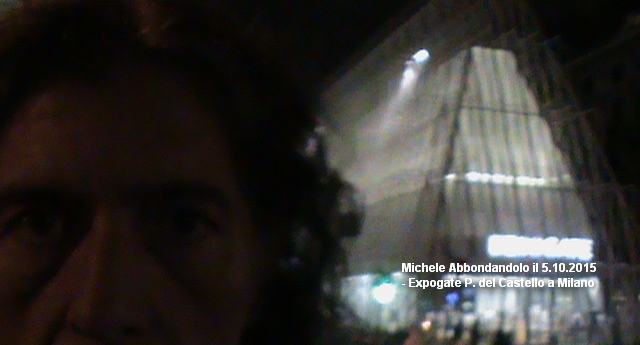
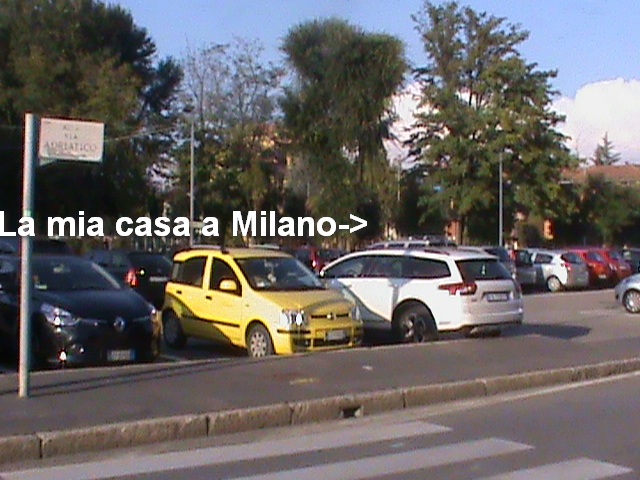
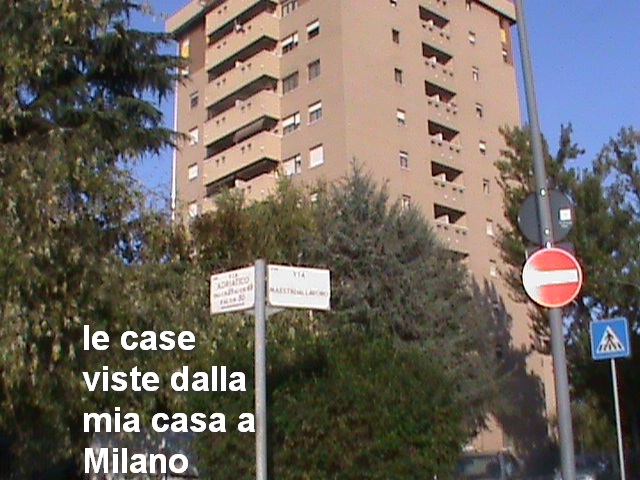

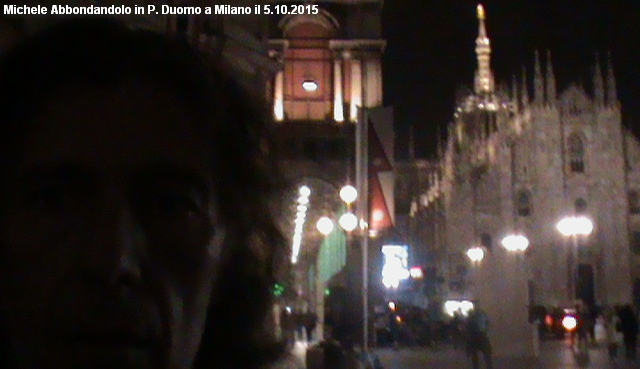

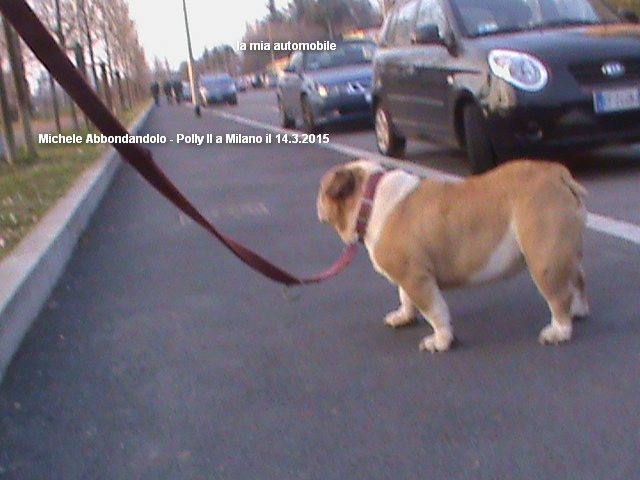

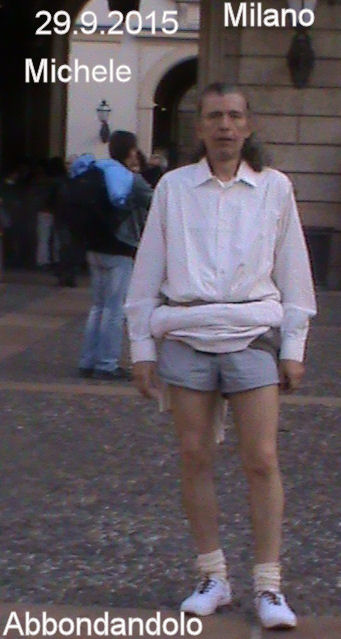




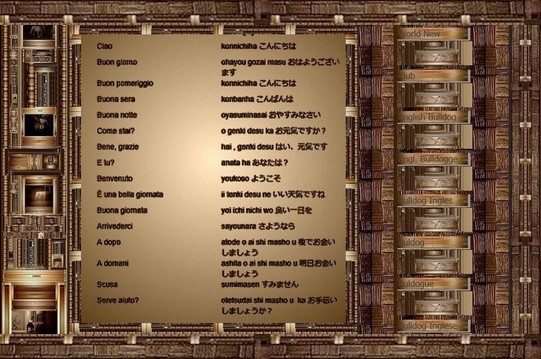

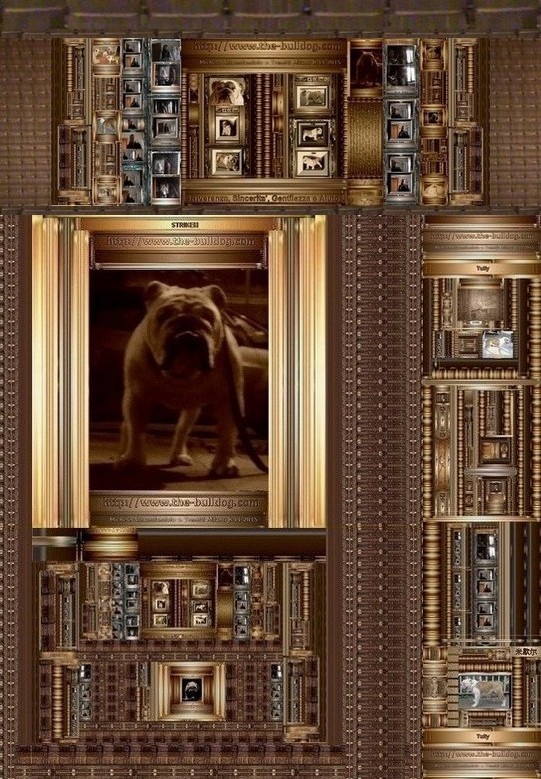

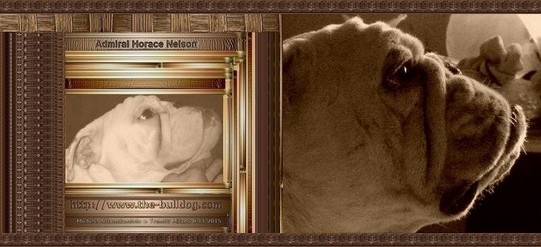
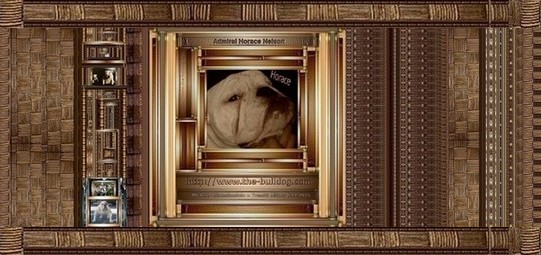
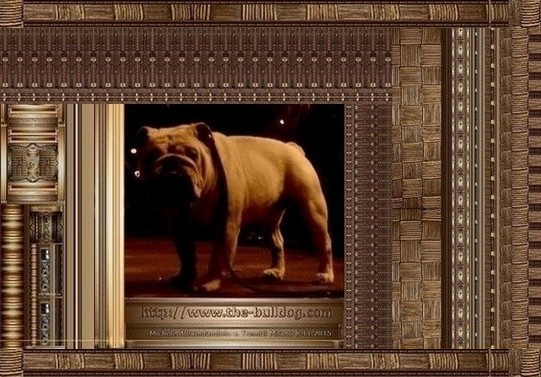
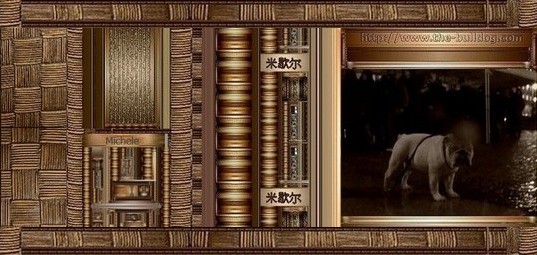
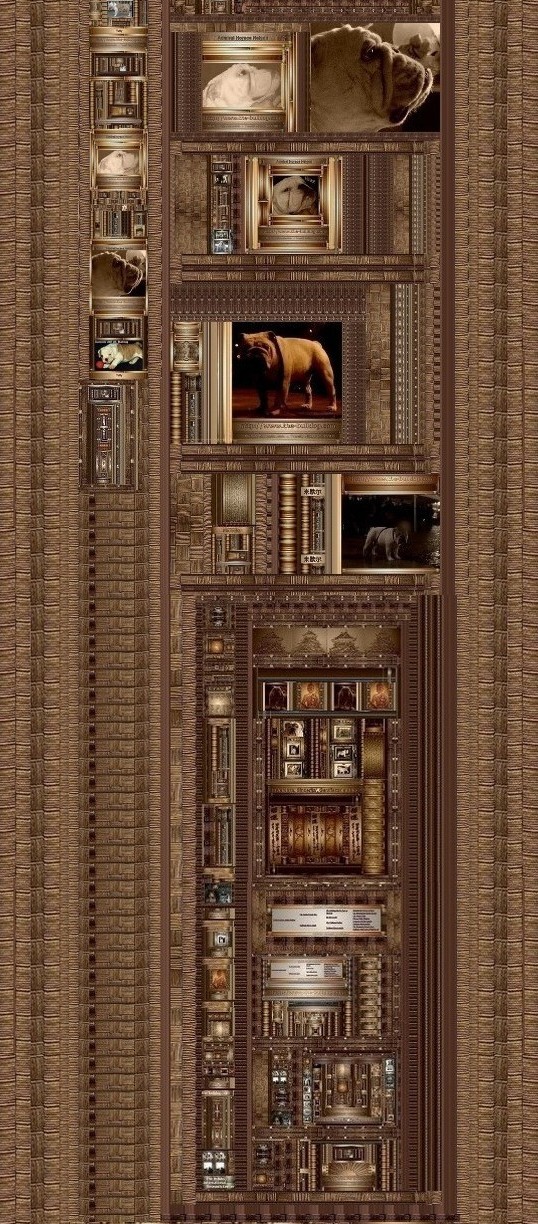

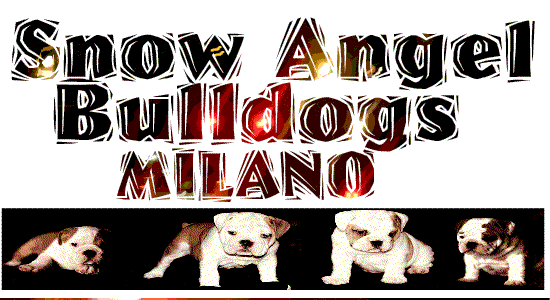
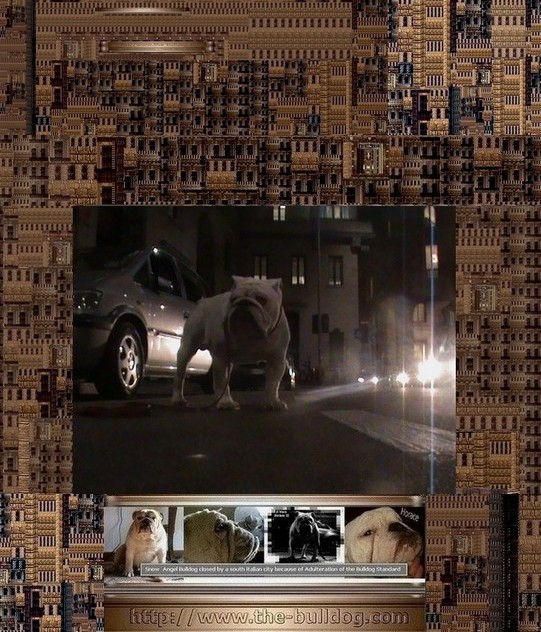
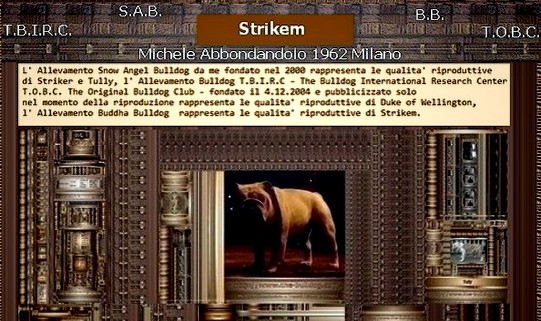 Happy Halleween 2023.
Happy Halleween 2023.


Webmaster Mike Va Ur, July 4, 1962.
- 2023 - Sept - 29.
-
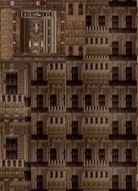
-


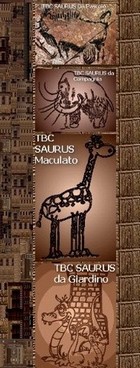
-
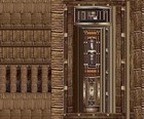


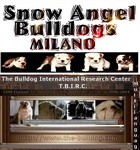 ___Homepage
___Homepage
 ___Languages
___Languages
 ___Mike Va Ur
___Mike Va Ur


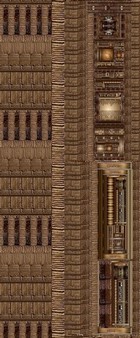

- Russian Borzoi
-

- Russian Dogs
-

-
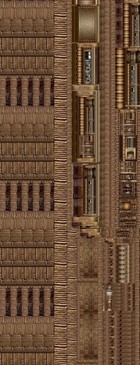


- Chinese Dogs
-

- Chinese Breeds
-

- Chinese Dog
-

- Chinese Dogs
-

- Chinese Breed
-
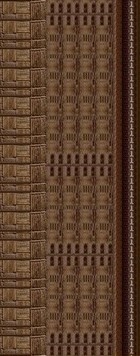
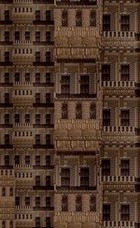
-

- China Dog
-

- Chinese Breedings
-

- China Dogs
-

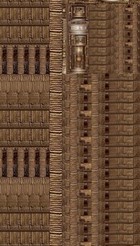
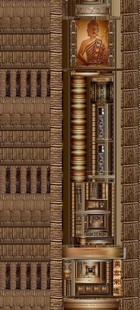
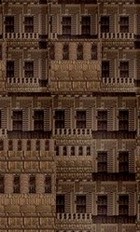
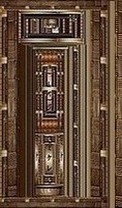
-

- Pug Dogs
-


-

- Breeds From China


-

- Chinese Breed
-

- Chinese Art
-
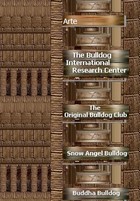
-

- Original Pug
-

- Guard Dogs
-

- Milano



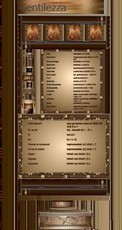
-




- British Bull

- World News
-

- Club


- Idioma
-

- English Bulldog
-

- Bulldog Ingles
-

- Buldog
-

- Buldogue
-

- Bulldog Inglese
-

- Bulldog Anglais
-

- ___Japam
-

- Abruzzo
-

- Basilicata
-

- Calabria
-

- Campania
-

- Friuli
-

- Emilia Romagna
-

- Lazio
-

- Liguria
-

- Lombardia
-

- Marche
-

- Molise
-

- Piemonte
-

- Puglia
-

- Sardegna
-

- Sicilia
-

- Toscana
-

- Trentino
-

- Umbria
-

- Veneto
-

- Val D'Aosta
-

-


-

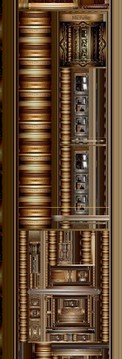
-

- Maculato
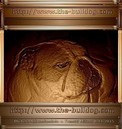
- __Killed by Law
-

- __Zed Garish
-

- the-bulldog.com
-


-
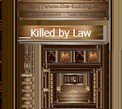
-

- Vuoi il sito?
-

- Robin Hood
-

- Strike
-

- Tully
-

- Jubilant
-

- Winston
-

- Little john
-

- Lord byron
-

- Polly

-
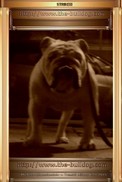
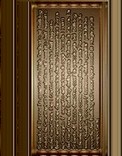
-
Mike Va
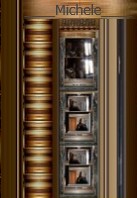
-

- ____Grafica

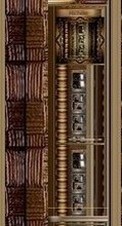 ____Html
____Html